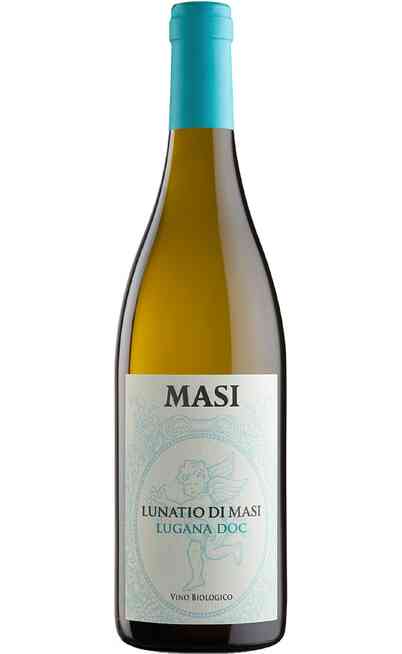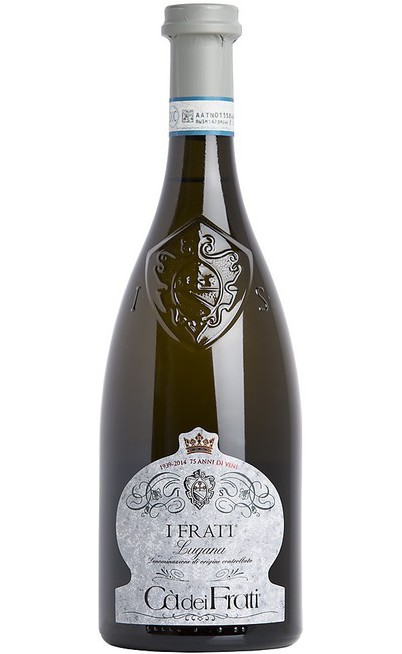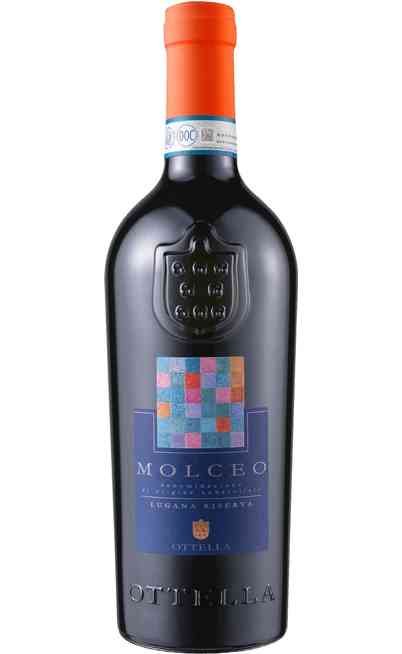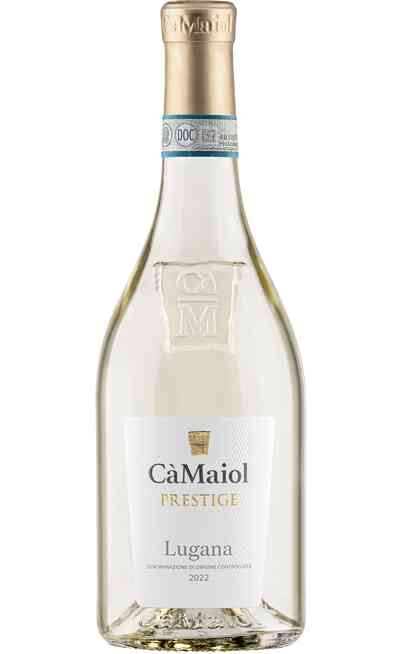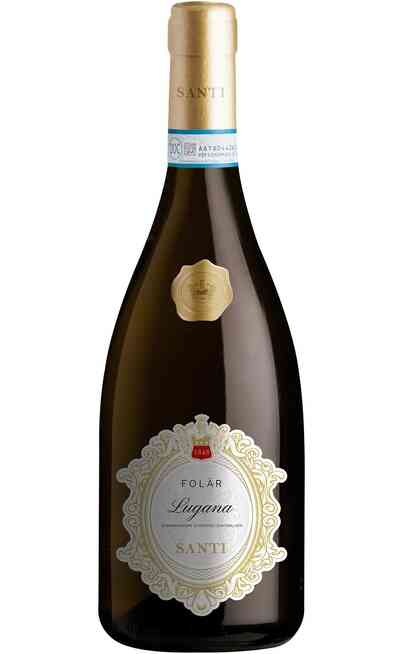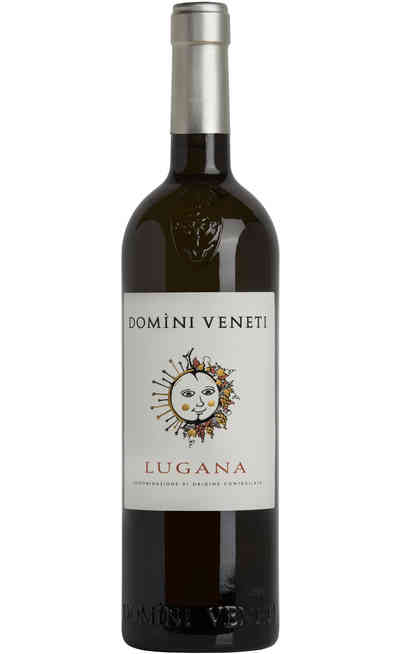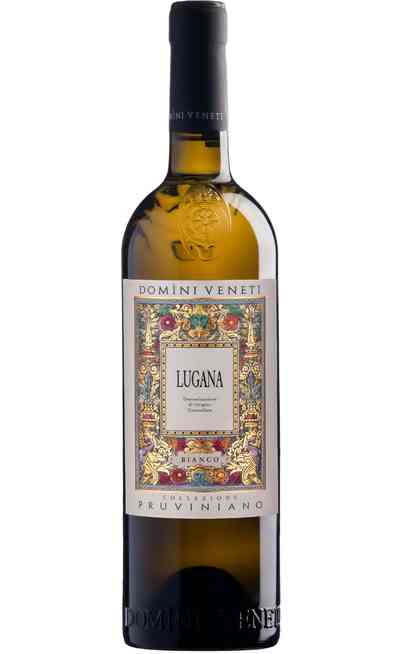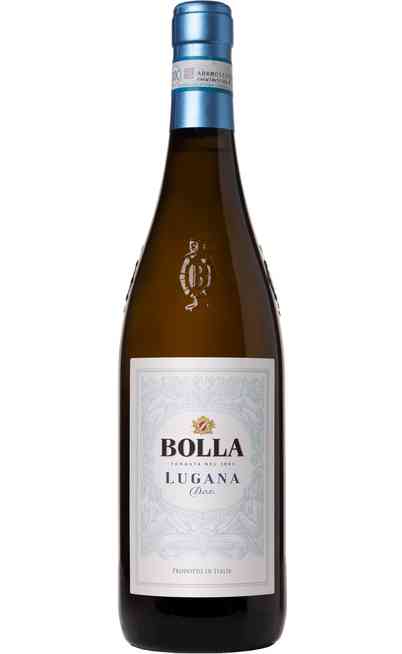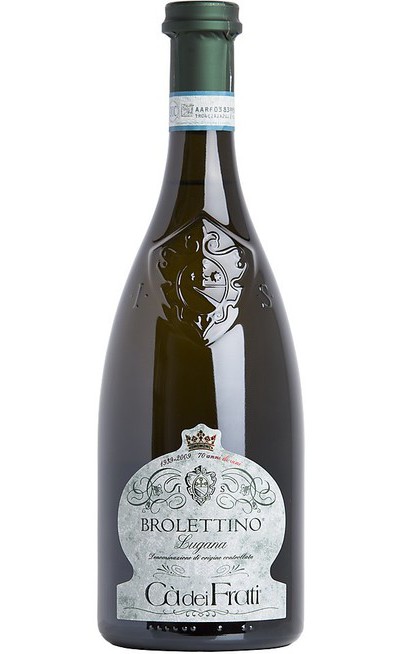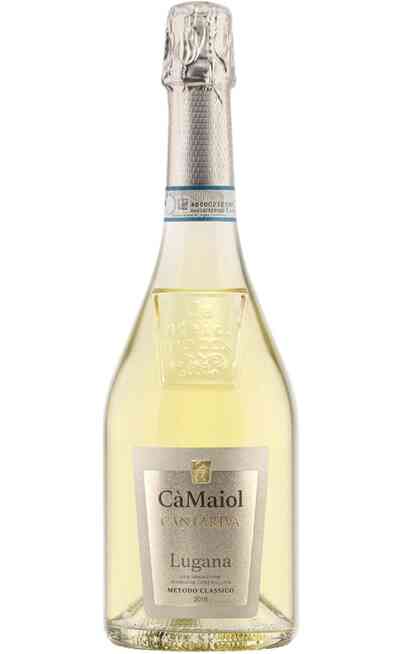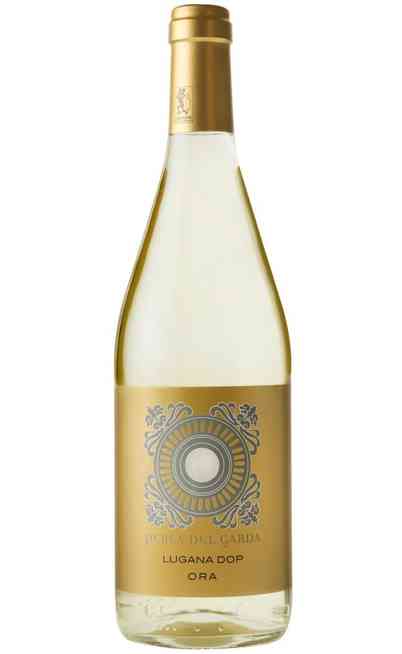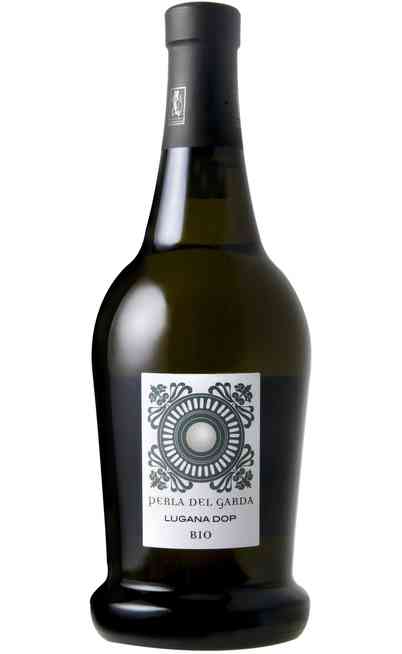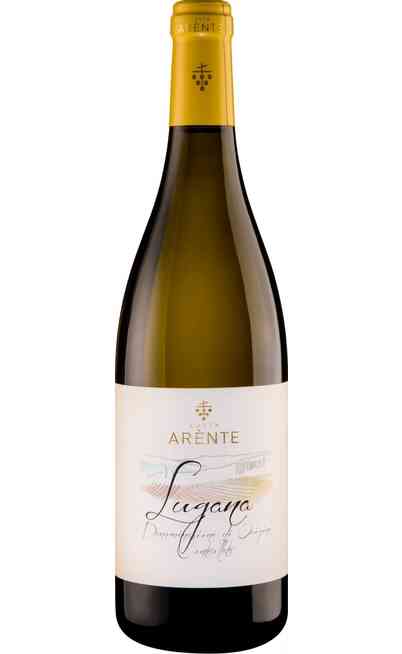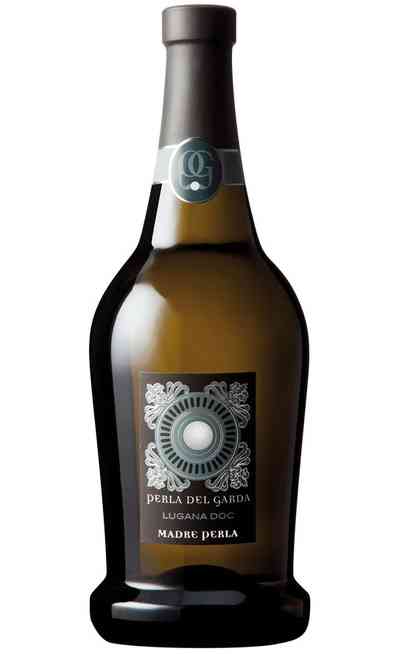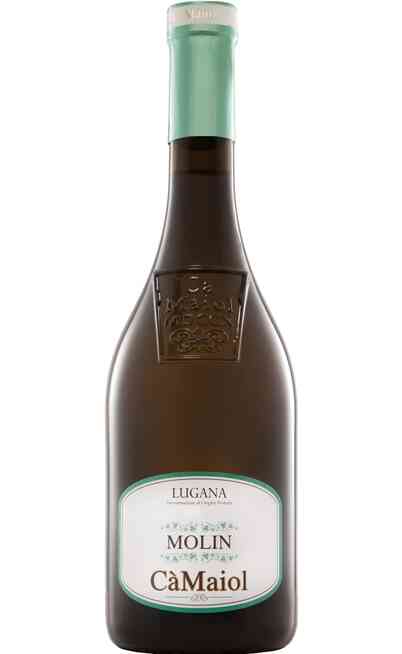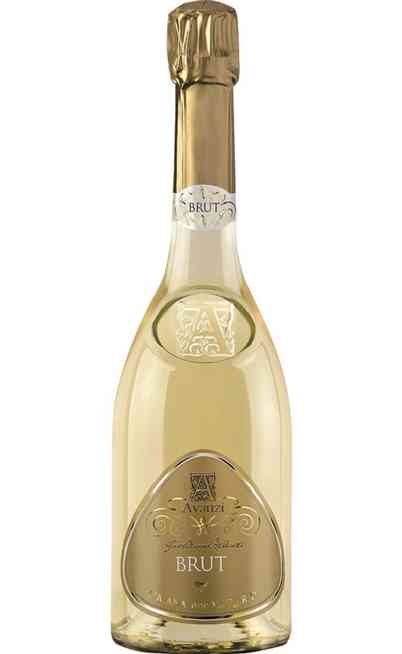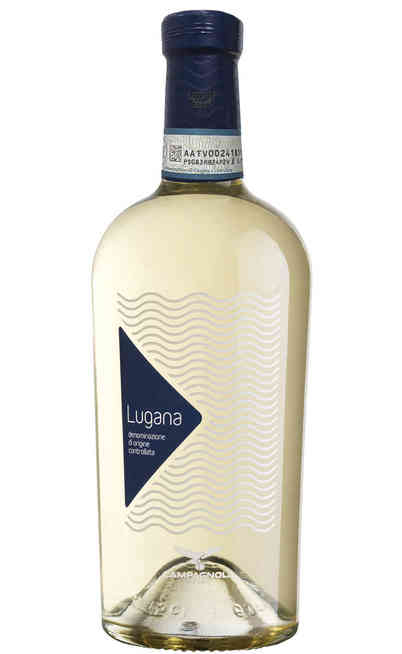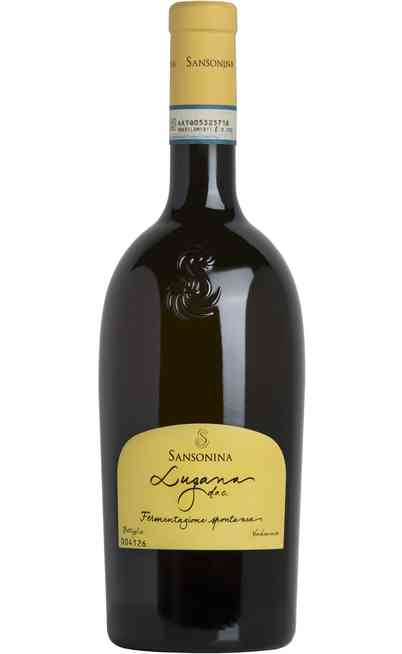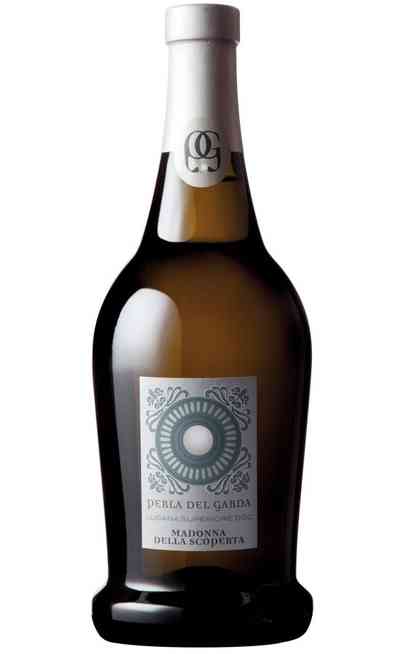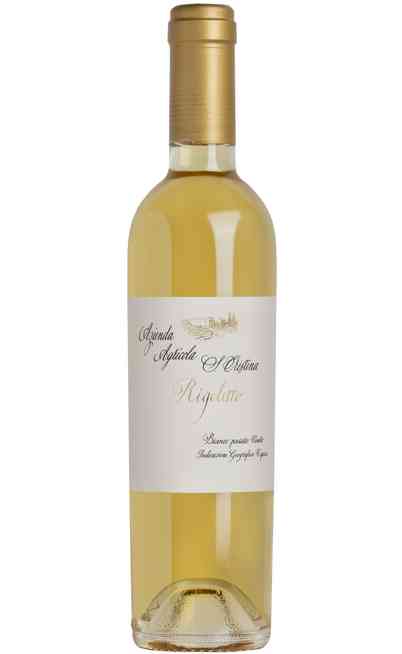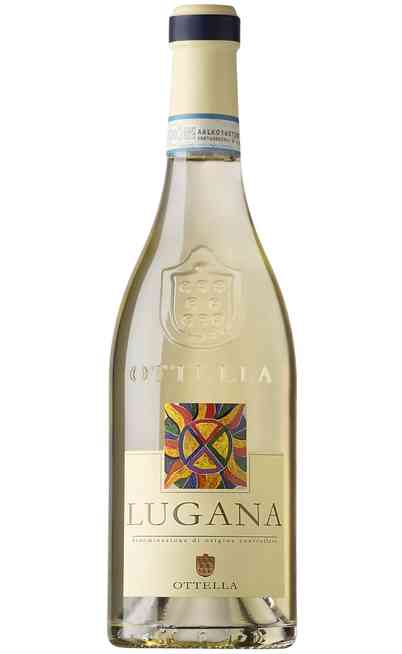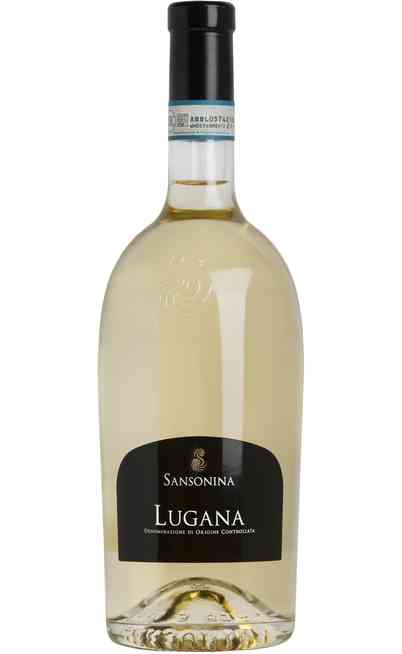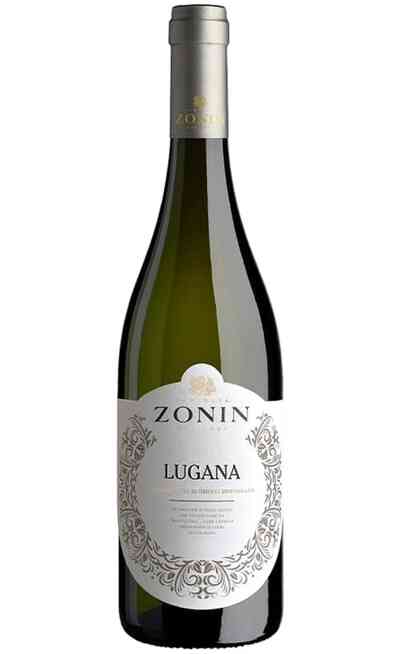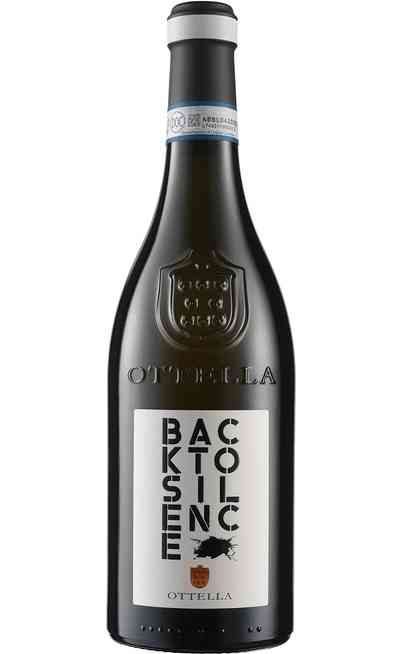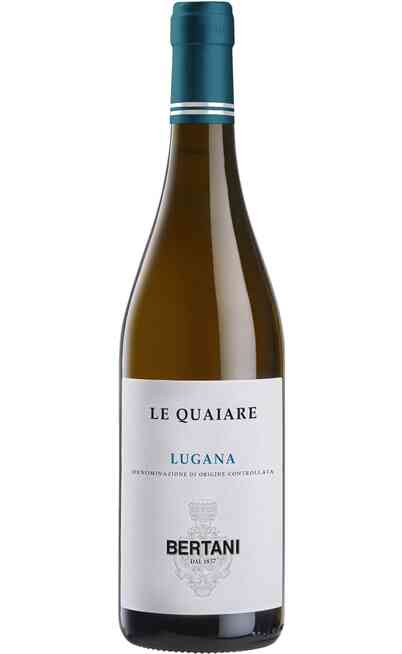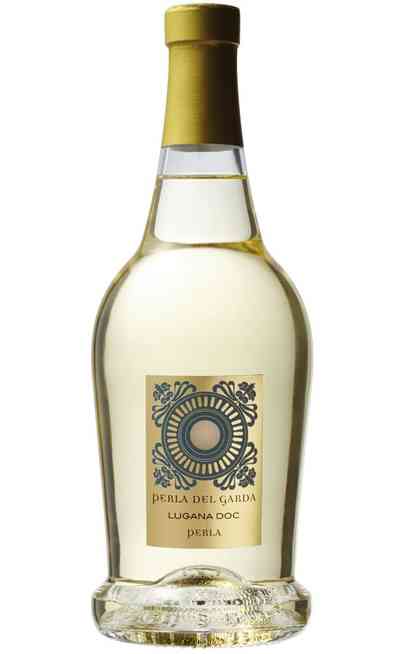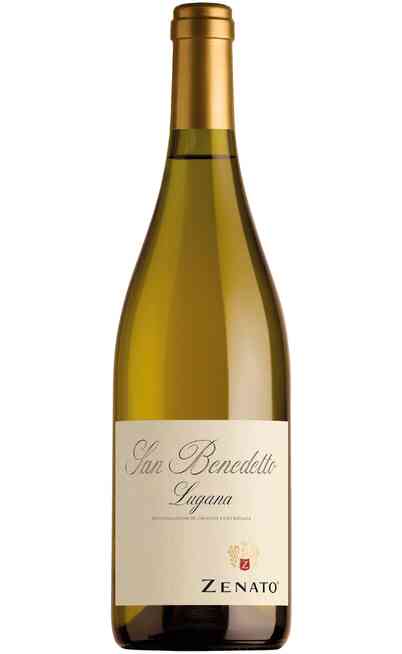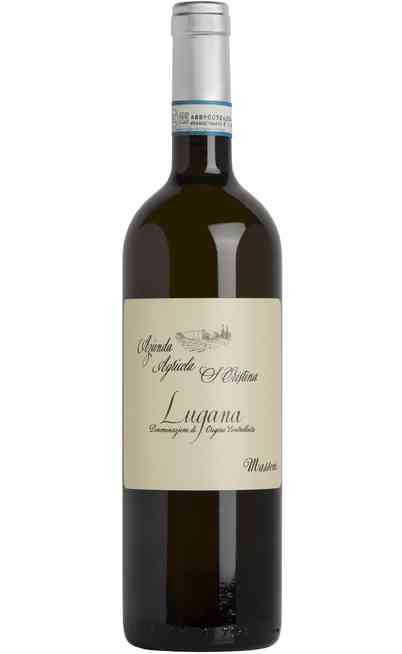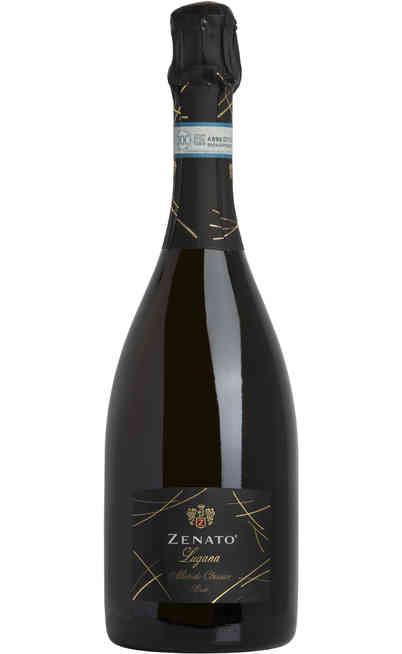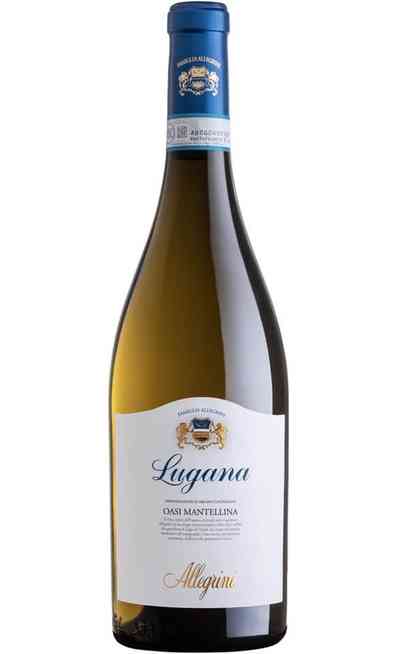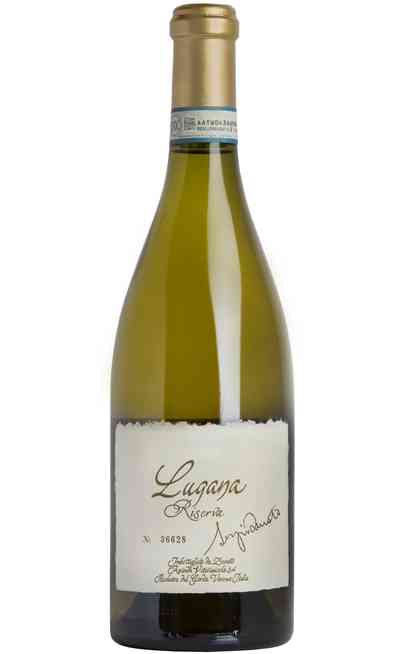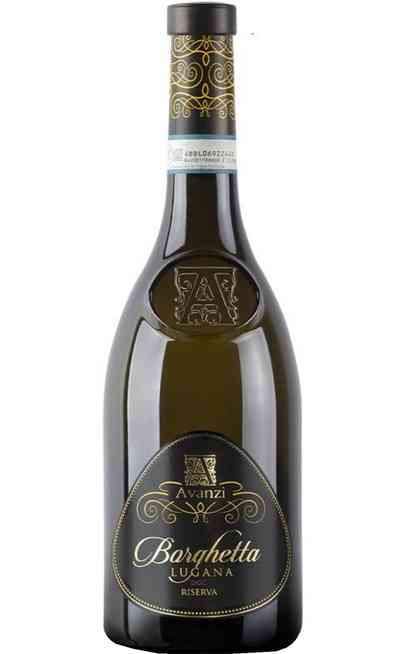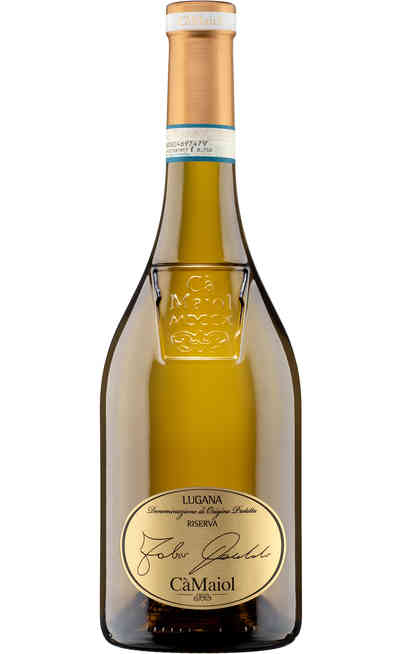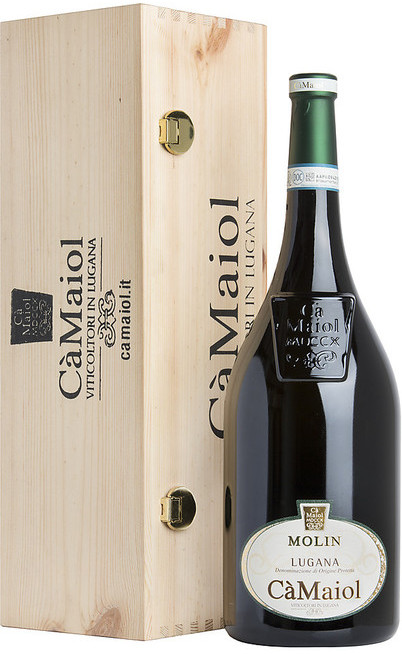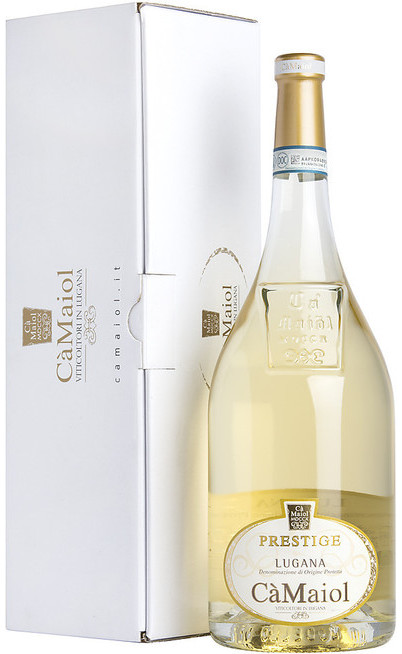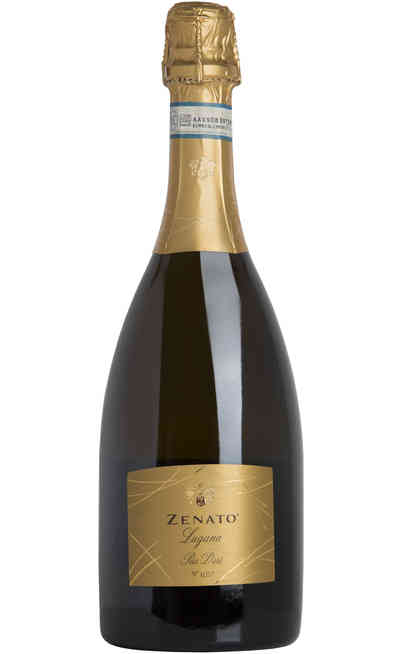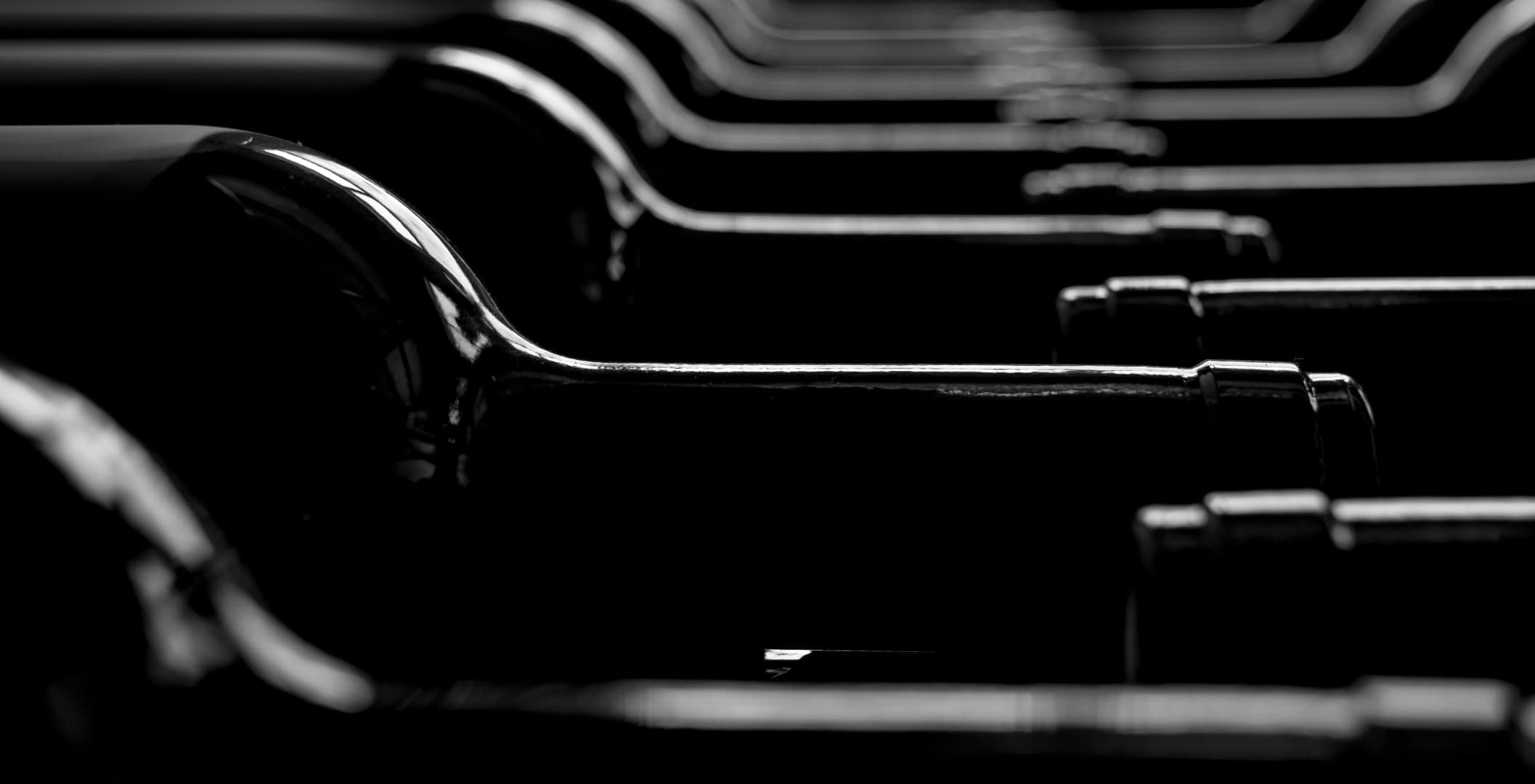
General description of the Lugana Doc wine and its territory
The Lugana DOC is a prestigious white wine which is mostly produced in the Verona territory next to the Garda lake. Some productions are allowed also on the Lombardian side of the lake in Brescia territory.
The peculiar characteristic of this wonderful white venetian wine is the good resistance to the aging which is a specific characteristic of the venetian wines but on the other hand it is also one of the main aspect of the red wines. For this reason the Lugana is remarkable compared the other prestigious Italian wines.
The name Lugana comes from a Sirmione hamlet near Brescia.
The production territory of this wine is between the Verona province and the Brescia province on a flat land and according to the technical policies of production the towns to which is guaranteed the DOC certifications are almost all located in Lombardia. The towns are Sirmione, Desenzano, Lonato and Pozzolengo. Only the town Peschiera del Garda is located in the Verona province. The overall production area is 850 hectares.
The geological territory stratification which is typical and indispensable to give to the wine the specific organoleptic properties, shows compact clay coatings of calcareous derivation with micro organic deposits.
In addition to this geologic features there are the climatic ones which are very extraordinary in this lacustrine ambit compared to the neighboring areas. The combination between the land conformity and the climatic conditions allows the cultivation of the “Trebbiano di Lugana” vine.
The grapes maturation permits the wine to have excellent quality levels. The Lugana DOC wine is made by the “Trebiano Lugana” grapes which are also called Trebbiano soave at 100%.
The origins of the Trebbiano di Soave are very old , they date back to the Romans and to the rural life there was in the great historic town Verona and at the east of Brescia where there are cultural points very rich of history which have always characterized our Country. The name comes from “Trebula” which means farm and the writer Plinio wrote about the wine that was a peasant and homely wine produced by good people accustomed to the field work.
The aesthetically characteristic of this wine makes it similar to the “Verdicchio Bianco” for their colors. The grapes maturation is premature so the grape harvest is made earlier before the half of September.
This is a single variety winemaking process only for wines such as the Lugana Doc and the Soave Superiore, whereas blended with the Garganega” (another vine) it gives interesting matches.
The leaf of this vine is medium large, pentagonal, and often trilobite but it could be also pentalobite.
The bunch is medium large and quite big, it has cylindrical shape almost pyramidal with two wings very compact and resistant. The grape is medium large with a spheroidal shape, and the peel is thin but very consistent and bloomy with a yellow color even with some green reflections very visible; the side exposed to the sun has a copper-yellow grain.
The Trebbiano di Soave vine prefers dry terroirs, quite clay-calcareous, hilly and possibly with a good exposition. The wine produced with the Treabbiano di Soave grapes gives a straw yellow color wine with some green reflections. The scent in intense with some fine almond aroma. The taste is fresh for acidity, fine and harmonic.
The strong acidity permits this wine to become a passito and the wine which comes from can be submitted to the sparkling process. If the wine was under a good process it can also be aged. Depending on the territory this vine can have different names; in Lombardia there are the Capriano del Colle DOC and Garda Colli Mantovani DOC. In Lazio we have Castelli Romani DOC and Colli Albani DOC. In Veneto we have Gambellara DOC, Soave DOC and of course the Lugana DOC (Lombardia-Veneto).
With the DOCG certification we have the Venetian Soave Superiore DOCG.
Whereas for the IGT certification we have in Lazio the Colli Cimini IGT and the Lazio IGT and in Lombardia with the Ronchi di Brescia IGT and in Veneto with Verona.
This wine for its freshness, especially in its simple version, can be considered as the wine of the year because you can drink it since few months after the grape harvest.
Analysis of the Lugana Doc wine.
Aesthetically this white wine
It has an intense straw yellow color whit precise green reflections which reminds a little bit the Verduzzo.
With the aging the yellow color is prevalent always tending to a more gold color depending on the refinement.
The scent of the Lugana Doc
The scent has some clear fruity flavors such as apricots and peaches (fresh fruit of the end of the season) always delicate, agreeable and very characteristic.
The taste of the Lugana Doc
The taste is intense, lively, harmonic with a great structure and a long aromatic persistence: it is always fresh, soft, whit a light wood perception mostly in the aged versions.
Matches suggested with the Lugana Doc wine
The Lugana Doc has to be served at 10° C but also 11°C or 12°C for the aged versions. It has to be served in a wide open wine glass which permits to have a more higher perception of the aromas of the ripe white wines. The ripe and structured white wines can be valorized when tasted thanks to the straight opening of the mouth which will goes to lateral and rear sides of the tongue to come to the top of this one and so to valorize the complex taste of this wine. The most adapt to this process is the “Renano”.
The food matches could be vegetables, white meats, also the fish and the crustaceous. The Lugana is perfect for appetizers, with pizza, lake fish, trout and perch. It is great for starters. The Lugana, also in the Superiore version, can be matched with pasta with elaborated sauces such has the 4 cheeses, than with calf escalope and finally with fresh cheese.


